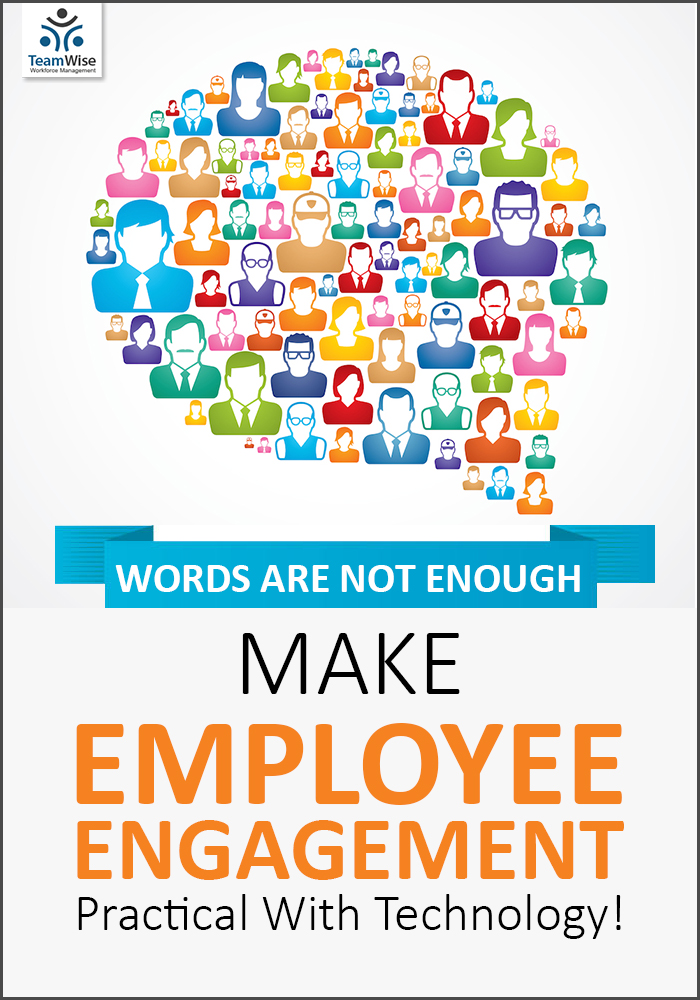For hiring managers, interviewing candidates is an ongoing process. All through their journey, they come across a new face every day! A new individual with some unique traits and characteristics every day! It gives them a new experience daily!
Most commonly, there are a few categories in which every individual falls! However, some traits may vary, but on a broader picture, they somehow come under 4 categories.
Here are the listed categories that’ll help you make better decisions during the hiring process as well as it’ll help candidates to demonstrate their job-suitability that can help them achieve their targets and growth.
Category #1 : 360 Degree Assessment Personalities:
Majority of your workforce belongs to this category. These individuals possess basic skills and undergo detailed assessment of their overall personality. This involves more in-depth behavioral and technical assessment rounds, and proper background checks. Such upgrade recruiting process is undertaken to ensure that no mistakes are made. The reasons why they are behind the top-performers include lack of motivation, cultural-fit issues, different working style, lack of team skills, etc. But, if they work on these aspects, they can surpass the top-performers!Category #2: Resume-based Personalities:
These individuals are half way through just by their resumes! They possess the basic skills, qualifications, decent experience, good academic background, and a soothing personality. Hiring them is not a mistake, but a LIABILITY! You need to monitor and supervise them all the time to get that average performance out of them. Another matter of concern with this type is that they pollute the vicinity, demotivating other individuals as well. They can become the stars if treated well and given right situations and opportunities.Category #3: Never Hire Personalities:
These are but obviously the ones that you should never hire. These are the actual under-performers and you will soon realize that you have made a fundamentally wrong decision by hiring them. It may happen because of certain reasons- they are not aware what exactly their responsibility is, recruiters didn’t paid attention to their resume or conduct a background check, or you misinterpreted the flamboyancy of the candidate.Category #4:Star-performer Personalities:
These are the must hire ones, who regardless of any challenge or hurdle, bring out the best results. They are generally the leader types and suit well to the challenging leadership positions. This is the highly motivated and focused breed, like to jump on projects that are most difficult, gel along well with company culture and people.These are the 4 types from which you need to fetch out the best ones! However, everyone wants the category 4 individuals to attain their business goals, it is important to have each category in your talent pool to make the best mix. You can transform category 1’s to category 4’s through your style of managing workforce and making under-performers the star-performers!
TeamWise is sophisticated Payroll & HR Management Software that performs comprehensive HR functions over the single interface. With the user-friendly GUI, you can seamlessly perform all routine tasks. The major features include Leave and Attendance Management, Payroll Management, Talent Management, Performance Management, Time Tracking, Grievance Handling, Recruitment Management, etc











